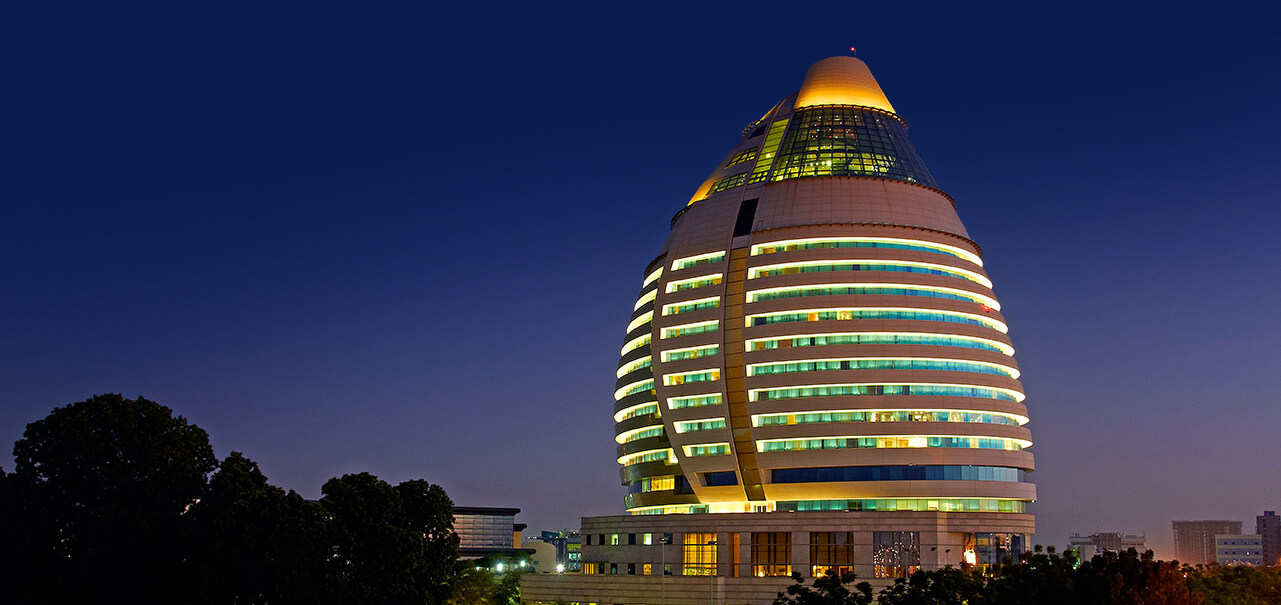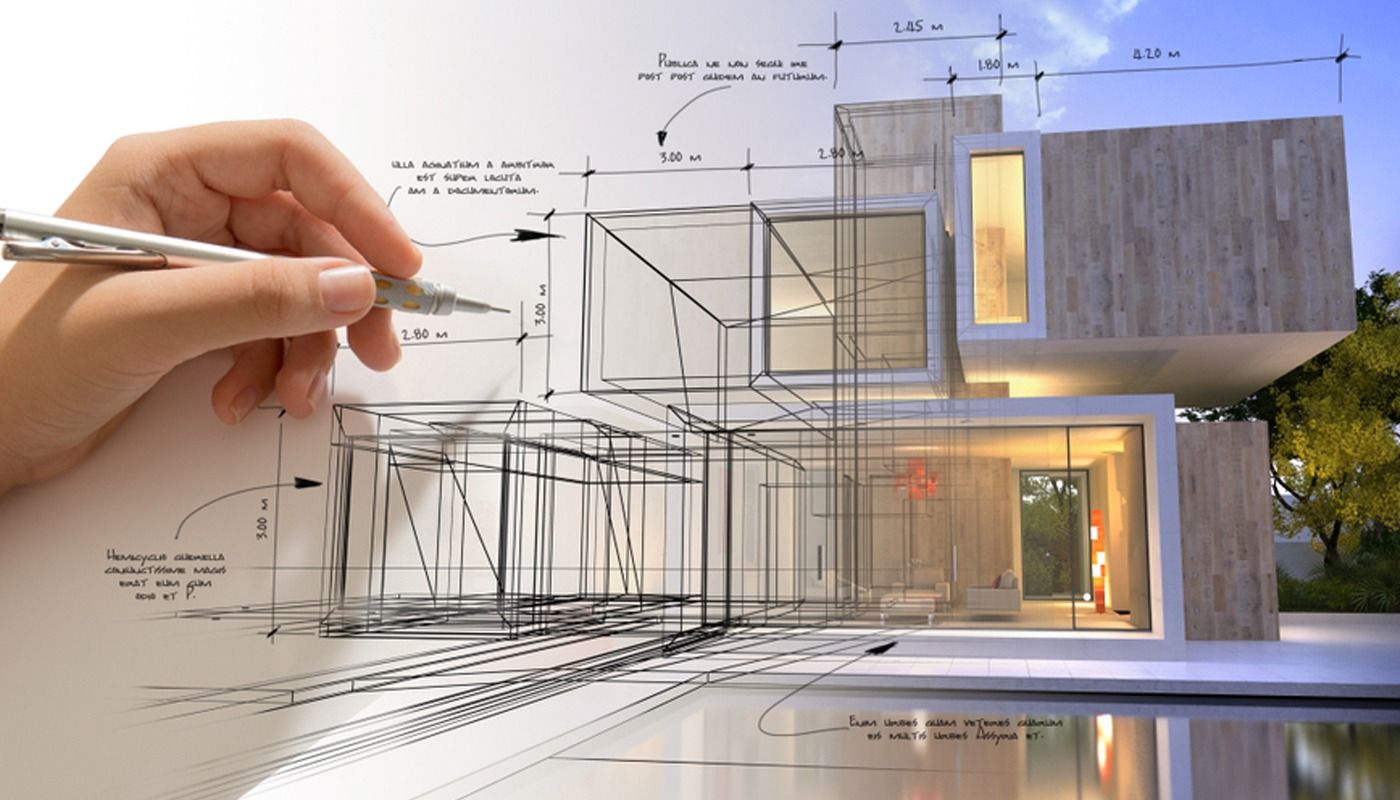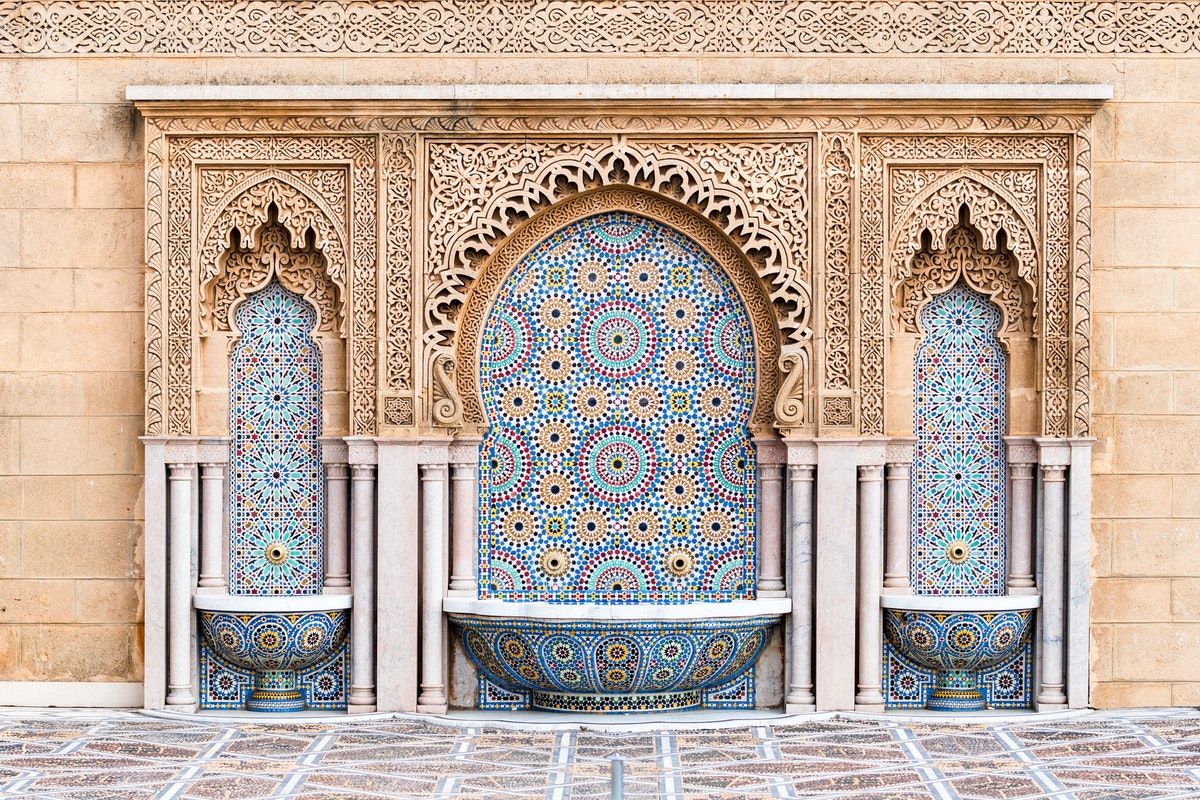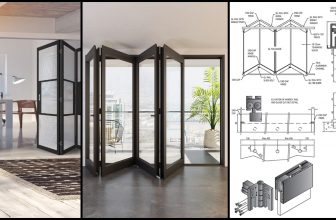What are the most iconic buildings when it comes to modern architecture? Modern architecture is the school of design that prevailed from the turn of the 20th century until World War II. The horrendous war altered the kind of buildings needed in the post-war era. People needed practicality and functionality more than ever to rebuild—from scratch—the entire cities that were demolished at the time.
Back then, the dominant Beaux-Arts and neoclassical architecture had to subside to create a new style to meet public needs. This is how Modern architecture arose, and there are architectural icons that define postmodernism from the 20th century.
What is Modern Architecture?
The moniker “Modern Architecture” refers to structures conceived and constructed with Modernism’s aesthetic, cultural, and societal outlook. In the fields of art, literature, building, and music, it emphasized taking risks, ignoring conventional wisdom, and expressing oneself freely. After World War I, the Modern Movement in building really took off.
Modern Architecture aims to create a space that serves its purpose without unnecessary embellishment. This style of architecture is a break from the more ornate and elaborate Queen Anne Victorian and Gothic Revival forms. Sharp, angular lines are a hallmark of modern iconic buildings.
What are the characteristics of Modern architecture?
- Clean and abstract shapes and lines.
- Open floorplans.
- Large all-glass windows.
- Connection with the environmental context.
Modern Architecture Style:
The modern architecture uses novel construction techniques and materials like reinforced concrete, steel, and glass. This architectural style was very “in,” especially for government buildings and universities, until the 1980s, when it faced intense competition from other new schools like postmodernism and neomodernism.
Modern Architecture’s best Iconic Buildings:
Today, we bring you a broad selection of some of the most iconic buildings created under the umbrella of Modern architecture:
1) The Fallingwater House / Frank Lloyd Wright, Mill Run, Pennsylvania, USA, 1935
The design of the iconic house was inspired by Japanese architecture, which is famous for using cantilevers. Ideally incorporated into the natural landscape, the house was created as a weekend getaway for the Kaufmann family.
The house’s condition started to deteriorate quickly after construction, leading Mr. Kaufman to call it the ‘seven-buckets building,’ referring to the leaky roof. Moreover, the cantilevered terraces started to fall off due to the lack of proper reinforcement. The house underwent revamping several times and was converted into a museum in 2002.
Also Read: 10 Startling Surrealist Architecture Examples That Will Take Your Breath Away
2) Glass House / Philip Johnson, New Canaan, Connecticut, USA, 1949
Philip Johnson built that house to be his own. His design was minimal and utilized the reflection/transparency features of glass. He also experimented with dimensions and geometric shapes, which made the house one of the landmarks of the area and an icon in the world of Modern architecture.
The vacation home was made mainly of glass and steel. However, it also suffered from the ‘leaky roof’ issue like the Fallingwater house, which made Johnson describe it, jokingly, as the’ four-bucket house.’
Also Read:- 5 Long Span Structures with Awesome Roofs
3) Villa Savoye / Le Corbusier, Paris, France, 1931
The house was built as a family retreat for the Savoyes, in Poissy, on the outskirts of Paris. Its distinct design manifested the ‘five points’ that Le Corbusier endorsed, which included the open plan, the grid of reinforced concrete columns, the horizontal windows, the roof garden, and the independent façade.
The family suffered greatly from problems that arose after they started using it. Faulty construction and design mishaps caused the family to abandon it a few years later. It has miraculously made it to the Public Buildings’ list and has been turned into a museum.
4) The Guggenheim Museum / Frank Lloyd Wright, New York, USA, 1959
The great architect marketed organic architecture, which envisioned humanity intimately linked to the environment. The cone-shaped museum comprises many key galleries and art collections.
The spirally designed interior takes you on an endless journey dissolving all obstacles between spaces. The rigid geometric shapes that were dominant in Modern architecture were described by Wright, who says: “these geometric forms suggest certain human ideas, moods, sentiments – as the circle, infinity; the triangle, structural unity; the spiral, organic progress; the square, integrity.” Wright saw the Guggenheim as a ‘temple of the spirit.’
5) Barcelona Pavilion / Ludwig Mies Van der Rohe, Barcelona, Spain, 1929
The pavilion was initially introduced as the German Pavilion for the 1929 International Exposition in Barcelona, hosting the German wing of the exhibition. The design, influenced by the Bauhaus movement, features transparent walls and a cantilevered roof.
Although the pavilion was minimal, the architect did his best to use luxurious materials like red onyx, marble, and Travertine. One of the elegant pieces of furniture specially created for the building was the legendary ‘Barcelona Chair.’
6) David S. Ingalls Skating Rink in New Haven (Eero Saarinen, Connecticut, USA)
The building is also known as ‘Yale Whale,’ referring to Yale University, from which Eero Saarinen has graduated. The creative design holds the distinct architectural signature of Saarinen, who often used catenary arches. The hockey arena has an undulating cantilevered roof supported by a 90-meter-high reinforced concrete arch.
Also Read: A Deep Dive Into Googie Style: 7 Recognizable Googie Buildings in Los Angeles
7) Villa Dirickz / Marcel Leborgne, Brussels, Belgium, 1933
Another seminal building of Modern architecture’s iconic buildings is Villa Dirickz. It features eye-catching blocky features, glasswork, and white concrete surrounded by greenery. The villa, which is $ 10,000,000 worth, houses lavish interiors and facilities like a wine cellar and a cinema.
Marcel Leborgne is a pioneering Belgian architect, the father of Modern architecture in his homeland. The house was designed for Mr.Dirickz, an industrial magnate who took an interest in the arts. Many years afterward, the villa fell into the well of neglect till developer Alexander Cambron bought it in 2007. Cambron dedicated all possible resources to renovating the villa.
8) Isokon Building in London / Wells Coates, London, UK, 1934
The residential building, which is still in use today, consists of 32 apartments; 24 are studio apartments, and 8 are single-bedroom apartments. The building also includes staff rooms and a spacious garage. The flats had tiny kitchens because there was a communal kitchen at the disposal of the residents. They could freely use it to prepare food. There were also other services like laundry and shoe-shining.
Avanti Architects, who are specialized in revamping apartments’ Modern architecture, refurbished the building in 2003. The refurbishment resulted in the establishment of a communal gallery in the garage to tell the people the history of the building. The concrete residential block is listed as a Grade I building and is one of the critical architectural landmarks in the British capital.
9) Neue National Galerie / Ludwig Mies Van der Rohe, Berlin, Germany, 1968
Dedicated to modern art, the museum hosts an art collection that dates back to the early 20th century. Its typical modernist design included tremendous glass, a cantilevered roof, and flat exteriors. The building is surrounded by a sculptured landscape which Mies Van der Rohe also created. The museum is a section of the National Gallery of the Berlin State Museums. The gallery has been closed since 2015 for renovations.
10) The Cité Radieuse / Le Corbusier, Marseille, France, 1952
This housing project is one of the most iconic buildings of Le Corbusier that inspired many other Modern architectural projects. The Bauhaus choice of colors—yellow, red, and blue- influenced the minimal project. It comprises 337 flats of 27 different types, a playground, and a pool.
The building is made of rough-cast concrete, and the architect also planned to include a steel frame, but to his misfortune, World War II made that kind of material hard to acquire. The edifice has been a UNESCO World Heritage Site since 2016.
Are Contemporary and Modern Architecture the same?
In contrast to Modern Architecture, Contemporary Architecture has no fixed historical origins. In other words, Contemporary Architecture represents current architectural trends; what is contemporary today may not be in 20 years. However, this architectural style is flexible, incorporating features from both the past and the present. Because of this, modern homes frequently feature elements that are characteristic of Contemporary Architecture. That’s why it’s so easy to get the two mixed up.
Where is Modern Architecture Most Commonly Used?
Urban cores are some of the most frequent locations for modern architecture. Modern architecture is centered in major cities like New York, Los Angeles, and Chicago. The architectural style includes the Willis Tower in Chicago, the Walt Disney Music Hall in Los Angeles, and the world-famous Guggenheim Museum in New York. The skylines of these towns are dominated by these structures, which frequently stand out dramatically from their neighbors.
You can also find it in Europe, commonly used in countries like France, Germany, Italy, and Spain. Modern Architecture defines many of these nations’ iconic sites. The Eiffel Tower in Paris, the Sagrada Familia in Barcelona, and the Leaning Tower in Pisa are all stunning examples of Modern Architecture.
Why is Modern Architecture so Bland?
A Modernist architect believes that unnecessary embellishments distract people from the integrity of the building’s design. The purpose of that decoration is merely to set the scene for the building’s intended function; it is not strictly architectural. Modernists consider architecture to be an artistic manifestation of shape that is integral to its purpose. These are the kinds of ideas that make people feel uncomfortable.
Redundant decorations appeal to our innate need to interact with art through memory and feeling. When architecture is reduced to its most basic components, we, the users or occupants, are left as the only topic. Or, put another way, it lets the building’s intended purpose inform its aesthetic, which leaves many people to find Modern Architecture complex and unappealing.





